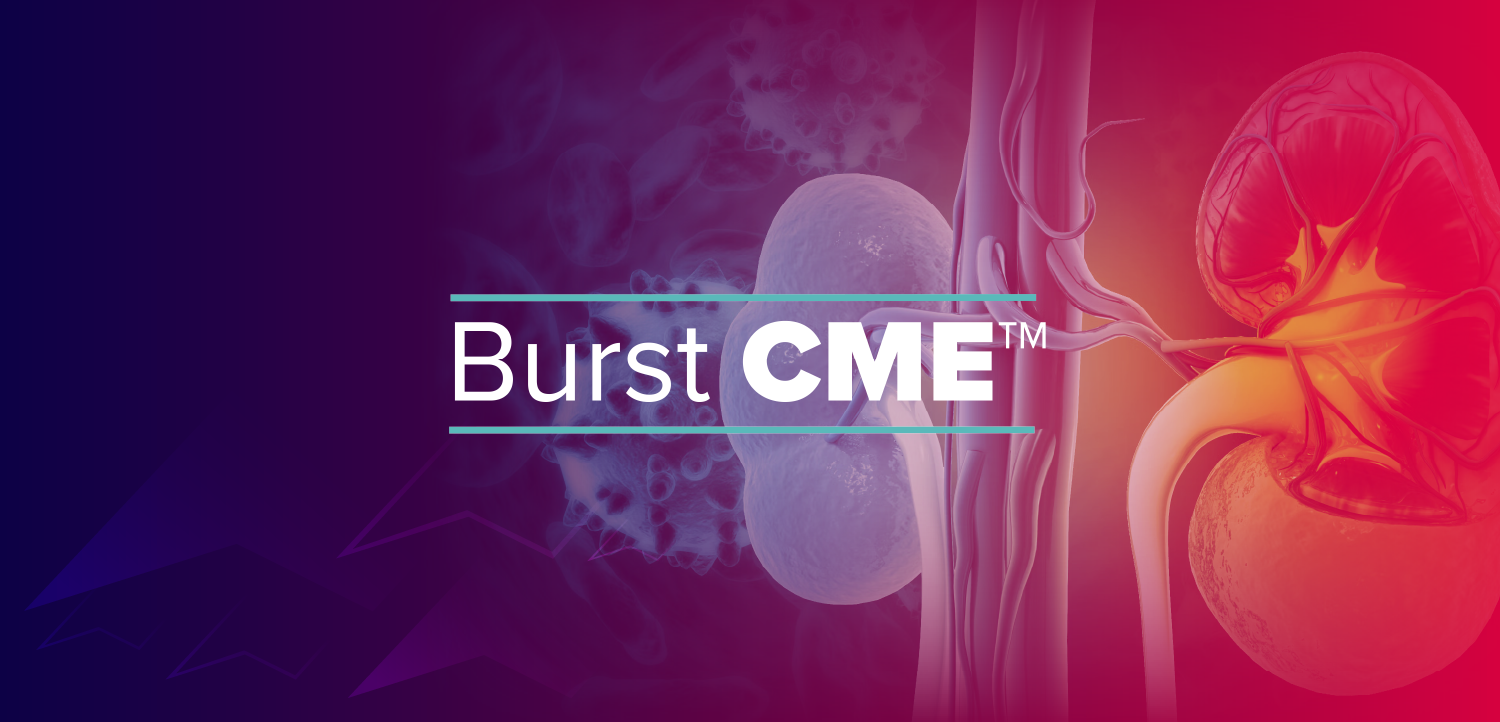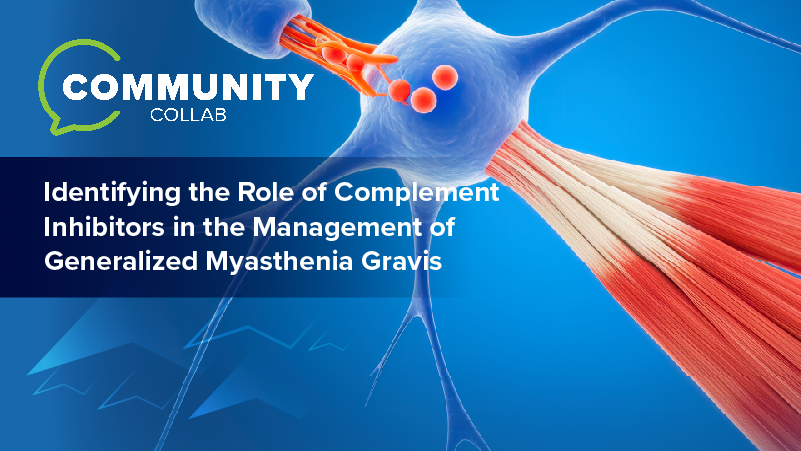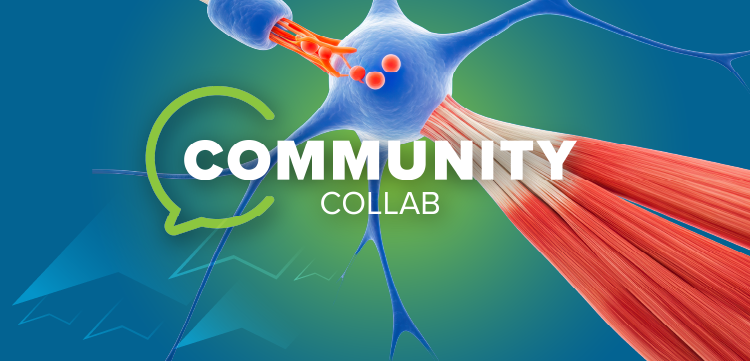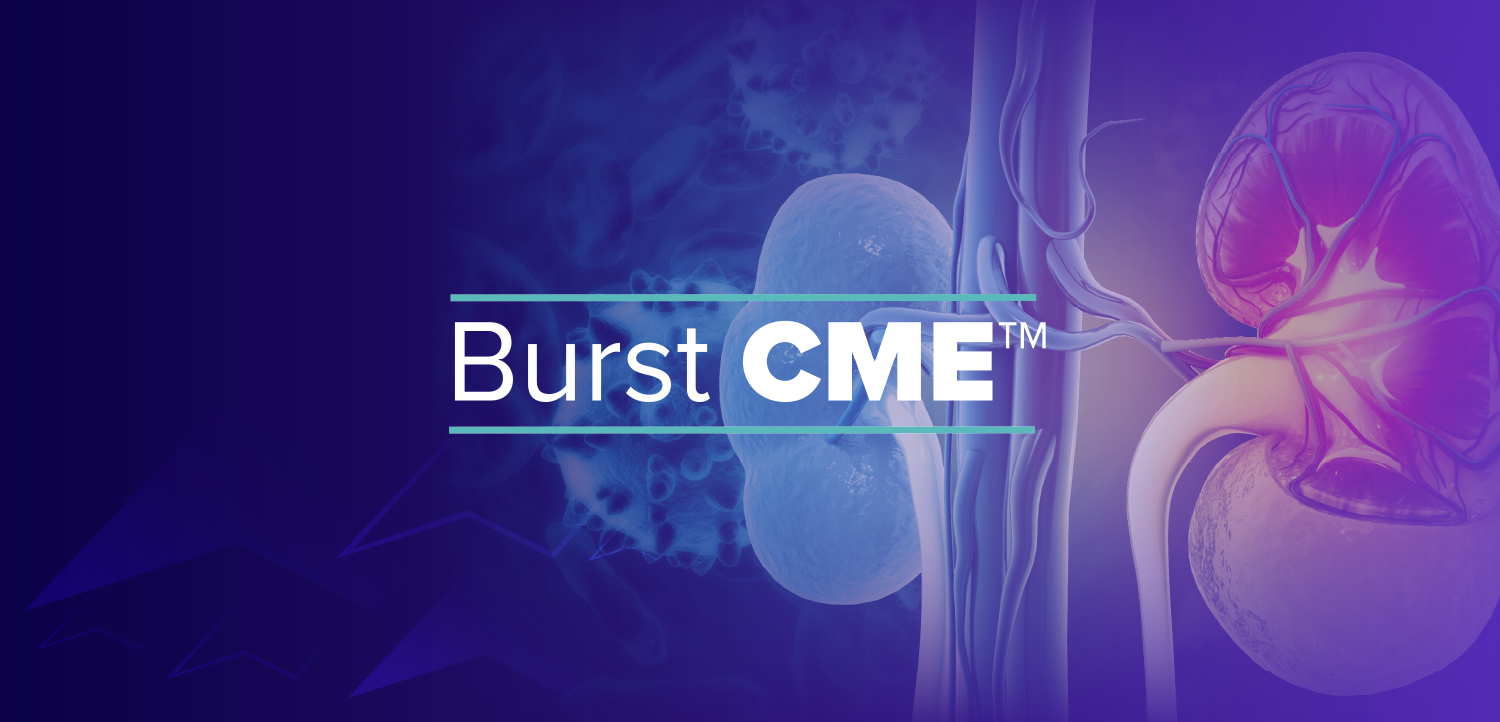
Advancing Neurodegenerative Disease Research With Innovative Targets and Platforms: Xiao Xu, PhD; Mark Carlton, PhD
Two experts from Cerevance discussed data from the company’s posters recently presented at AAIC 2025, which highlighted potential therapeutic targets for Alzheimer disease. [WATCH TIME: 5 minutes]
WATCH TIME: 5 minutes | Captions are auto-generated and may contain errors.
"From all the data we generated in [the phase 1] study, we can conclude that [CVN293] meets our safety criteria and is now ready to advance into a phase 2 clinical trial. That trial will evaluate whether the preclinical efficacy we've seen across a range of neurodegeneration models like ALS, FTD, AD, and even obesity, translates into clinical benefit for patients, and does so in a safe, well-tolerated fashion."
At the recently concluded
Investigators observed that CVN293 was generally well tolerated following single and 14-day multiple dosing, with no severe or dose-limiting adverse events (AEs), treatment-related discontinuations, or clinically meaningful changes in vital signs or laboratory parameters. Notably, researchers considered all related AEs mild. Researchers reported that CVN293 plasma exposure increased in a general dose-proportional manner in both dose cohorts. Moreover, penetrance of CVN293 into the cerebrospinal fluid was displayed in both dose cohort studies.
The second poster presented at the conference highlighted Cerevance’s NETSseq proprietary technology platform, which could enable the understanding of the temporal dynamics of chromatin and gene expression changes across disease progression. In the study, researchers generated a comprehensive data set by applying NETSseq to brain tissue from control and early- and late-onset sporadic Alzheimer donors. From this data set, investigators could identify relevant pathways and genes to target as novel therapeutic strategies.2 Following the conference, Mark Carlton, PhD, chief scientific officer at Cerevance, and Xiao Xu, PhD, director of computational discovery at Cerevance, spoke with NeurologyLive® to share their insights on findings from the 2 presented posters.
REFERENCES
1. Dickson L, Tolando R, Scholl C, et al. CVN293, an investigational inhibitor of KCNK13 targeting NLRP3-mediated neuroinflammation in neurodegenerative disease: a phase 1 study to investigate the safety, tolerability, and pharmacokinetics. Presented at: 2025 Alzheimer’s Association International Conference; July 27-31, 2025; Toronto, Ontario, Canada. Abstract 106386.
2. Xu X, Ugbode C, Bayraktar G, et al. NETSseq unveils deep molecular insights into astrocyte function in Alzheimer’s disease in the human brain. Presented at: 2025 Alzheimer’s Association International Conference; July 27-31; Toronto, Ontario, Canada. Abstract 106433.
Newsletter
Keep your finger on the pulse of neurology—subscribe to NeurologyLive for expert interviews, new data, and breakthrough treatment updates.


























